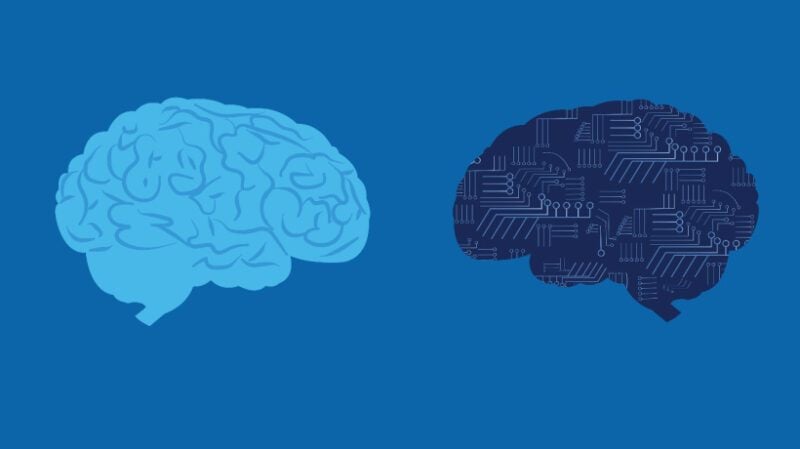
The Vital Role of SMEs in the Era of AI
Subject Matter Experts (SMEs) bring invaluable insights derived from their extensive experience and in-depth knowledge within their fields. Their expertise is crucial for crafting tailor-made learning solutions that effectively meet the needs of learners. In this post, we’ll explore five essential guidelines to help you decide when SME involvement is indispensable—and how to effectively integrate AI-generated content with SME wisdom for optimal outcomes.
AI vs. SMEs: Five Crucial Guidelines
1. The Secret Recipe: Protecting Proprietary Knowledge
AI <———————-|———————-> SME
(Public Data) (Proprietary)
Every organization has unique strategies, tools, and practices that contribute to its success. While AI can access vast information, it often misses the subtle details that define an organization’s proprietary knowledge. For instance, when creating onboarding materials to introduce new employees to a company’s unique technology, AI-generated articles may not delve into the specific applications that new hires must understand. This is where SMEs shine, possessing the intricate knowledge needed to bridge those gaps.
2. High Stakes Demand Human Expertise
AI <———————-|———————-> SME
(Low Stakes) (High Stakes)
A notable incident reported by the Los Angeles Times involved the State Bar of California using AI to draft exam questions, which raised significant concerns. Mary Basick from UC Irvine School of Law expressed her disbelief that non-lawyers could generate examination content. This scenario underscores vital issues such as:
- Transparency: When AI is employed in high-stakes scenarios without disclosure, fairness suffers, impacting careers.
- Ethics: Using AI to misinform about question origins is ethically questionable.
- Integrity: Relying on AI creates doubts about the authenticity of the examination process.
- Accuracy: AI isn’t infallible; its errors can be detrimental in critical assessments.
In high-stakes situations, human input is irreplaceable to ensure fairness and accuracy.
3. Tailoring Knowledge: General vs. Customized
AI <———————-|———————-> SME
(General) (Customized)
AI excels at providing generalized information, but crafting a meaningful learning experience often requires the personalized insights only SMEs can provide. If tasked with improving inter-departmental collaboration, for example, you might gather best practices through AI. However, only SMEs can contextualize these practices for specific roles, enabling your learners to relate them to real situations within their daily operations.
4. Learning Outcomes: From Understanding to Application
AI <———————-|———————-> SME
(Understand) (Apply)
Utilizing Bloom’s taxonomy as a framework, AI is adept at helping learners achieve initial comprehension. However, applying knowledge in real-world scenarios is where SMEs become essential. For instance, when a company adopts a new quality management strategy, AI can provide foundational information, but SMEs are needed to translate this into on-the-job applications through case studies and real-life examples. This collaborative approach not only enhances understanding but also empowers learners to tackle challenges effectively.
5. Capitalizing on Unique Human Abilities
AI <———————-|———————-> SME
(Machine) (Human)
The World Economic Forum’s Future of Jobs Report 2025 highlights critical skills such as analytical thinking, creativity, and emotional intelligence—qualities that machines simply cannot replicate. AI can assist with data-driven decisions, but navigating complex human situations, especially those requiring empathy and nuanced understanding, is firmly within the realm of human expertise. Remember, during the COVID-19 pandemic, human-led responses were paramount in addressing the crisis.
Conclusion
As AI technology continues to evolve, the challenge of balancing AI efficiency with SME expertise will become increasingly crucial. Currently, the most effective learning strategies merge AI’s capabilities for foundational knowledge with the nuanced insight of SMEs for customized, complex, and applied content.



